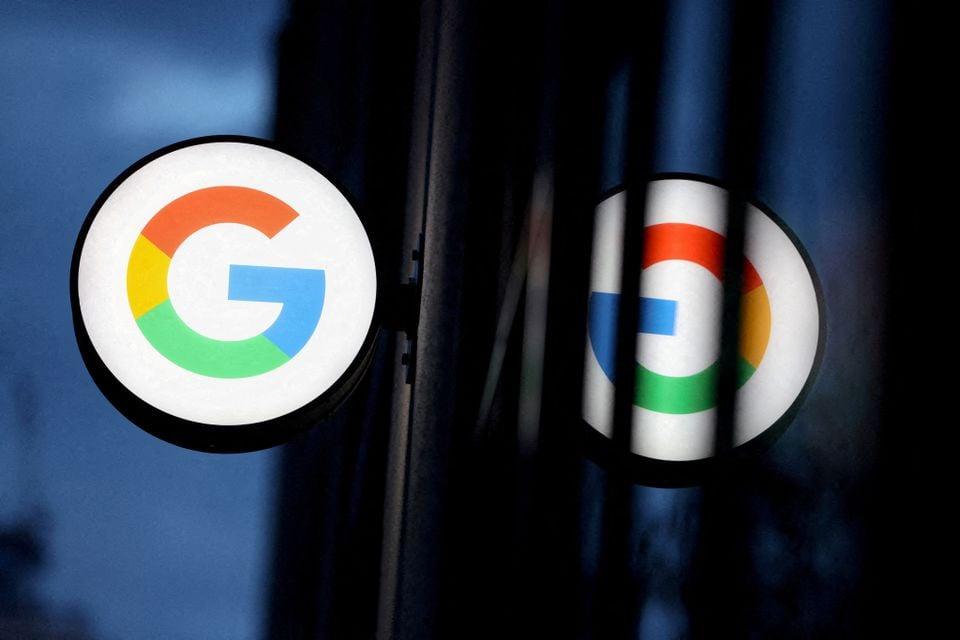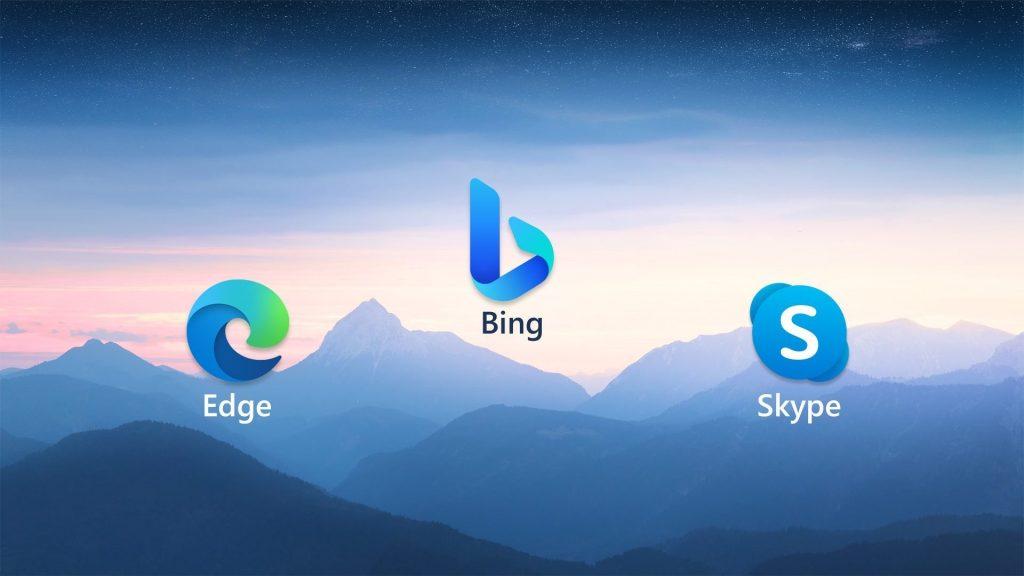Automotive display technology has become a focal point for major automakers striving to create personalized and distinct vehicle models. To enhance user driving experiences and meet demands for human-computer interaction, display technology continuously evolves and updates.
Recent product releases at major exhibitions reveal a variety of innovative features introduced by main panel manufacturers, Tier 1 suppliers, and automakers. These include privacy screens, transparent displays, foldable/rollable screens, lifting/sliding screens, and light field screens, as well as advancements like display and interior integration and display and lighting integration. Moreover, display technology is rapidly transitioning from LCD to OLED, MiniLED, and MicroLED, revolutionizing conventional display and interaction methods.
Many major suppliers and automakers have incorporated anti-peeping screens into their vehicles to enhance privacy and security. These screens prevent driver distraction by ensuring that the driver is not disturbed by content or light from the co-pilot seat display.
For example, Continental’s Switchable Privacy Display integrates two unique backlights into a 12.3-inch screen, enabling users to switch between Privacy and Public modes with a simple touch. Similarly, models like Rising R7, Xpeng G9, new Mercedes-Benz E-Class cars, and Audi Q6 e-tron are already equipped with anti-peeping screens for driver safety.
The evolution of exterior interaction is evident in the integration of lighting and display functionalities. As vehicle intelligence advances, automotive lighting is entering an era of intelligent lighting, incorporating features like DLP and Micro LED to enable more interactions with the driver. This trend towards display and lighting integration fosters enhanced human-vehicle interaction both inside and outside vehicles, as well as vehicle-vehicle and vehicle-road interactions.
For instance, Marelli’s Intelligent Social Display showcased at CES 2024 transforms vehicle lights into communication tools, allowing them to convey information and emotions to pedestrians. This technology supports vehicle-to-x communication and can display messages such as “safe to cross” to pedestrians approaching intersections.
Furthermore, Marelli is already in series production with two Chinese automakers, integrating mid-resolution displays into vehicle fronts. A second generation of high-resolution displays based on mini-LED technology is also in development for integration within rear lamps or trunk surfaces, enhancing both lighting functionality and visual appeal.
Innovative technologies like Interactive Signal Communication (ISC) further enhance communication between vehicles and pedestrians. For example, IM L7’s DLP lights equipped with HASCO Vision’s ISC system enable the display of images and texts to convey messages to front and rear traffic participants, enhancing safety and interaction on the road.
IM L7’s ISC intelligent interactive taillight utilizes advanced LED driver technology to control thousands of LED units with individually adjustable brightness and color levels. This efficient LED direct drive solution minimizes power consumption, extending the vehicle’s cruising range.
In conclusion, the automotive industry is witnessing significant advancements in display and lighting technology, driving forward the evolution of vehicle interaction and safety on the road.













